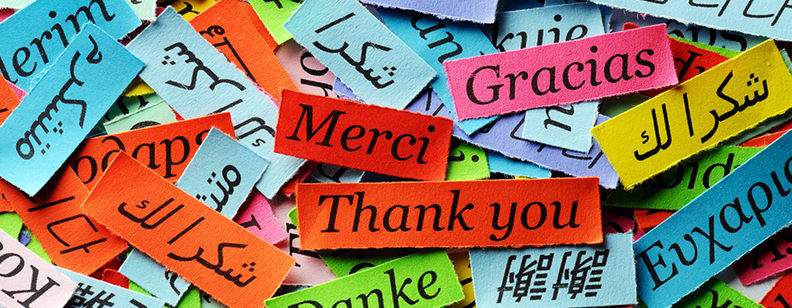It is inevitable for translators to give play to their subjectivity and creativity when they translate literal works, for the “meaning” carried in source language should not be understood and re-expressed totally objectively. First of all, “In the perspective of deconstruction, there is no unified and identified meaning in texts”.
Meaning of source language is not a fixed relationship between the signifier and the signified. According to Saussure, language is a sign system and the signifier and the signified, which form the signs, are unique in different languages.
However, meaning reconstruction involves not only linguistics, stylistics, hermeneutics, aesthetics but also psychology and cognitive activities. Thus, reconstructed meaning in TT can’t be completely equal to the original meaning in ST.
Secondly, a translator, as the executor in the process of translation, has self-governed consciousness and a subjective world of himself. Though, the process of translation might be limited by many facts like the ST and the condition of society in which the TT exists, the translator still has a great extent of freedom to reproduce what he has gain.
In conclusion, literal translation can’t be an objective activity but a very complex process, in which translators amplify their subjectivity and creativity.
Many translation scholars, both at home and abroad, have researched translator’s creativity that is recognized as a vital role in translation (especially in literary translation).
Domestication and alienation are two most widely accepted strategies of showing creativity in literary translation. Recently, Mr. Xie TianZhen, one of the most outstanding theorists of translation , claims that translator’s creativity performances on following four aspects in his book translation study: 1).personalized translation;2)mistranslation and leakage translation;3)selected translation and compiled translation;4)conversion. He also thinks that “all creativities in translation can be classified in only two types: 1) the type with intention. 2) The type with no intention” (translation study 141).
However, referring to the types of creativity, many theorists don’t agree with him. Mr. Rong LinHai against that translator’s creativity always appeared with intention as creativity is the result of exerting human’s subjectivity.
Read Also: Literary Translation and Culture
Conversely, “creativity with no consciousness cannot be called creativity but mistakes. Those mistakes in translation are caused by translator’s limited ability of translation and lack of relevant knowledge”.
Therefore, Mr. Rong LinHai put forward another four forms of showing creativity: 1) intended mistranslation. 2) Extension in translation.3) omission (selected translation). 4) Personalized translation. He also thinks that “compiled translation and conversion are not in the range of creativity”(Study on translations of Zhao YuanRen 19).
Although, much research have been done about the forms of translator’s creativity, only few comprehensive studies of creativity appearing in a certain literary translation work have been made, as far as the author of this thesis has searched.



